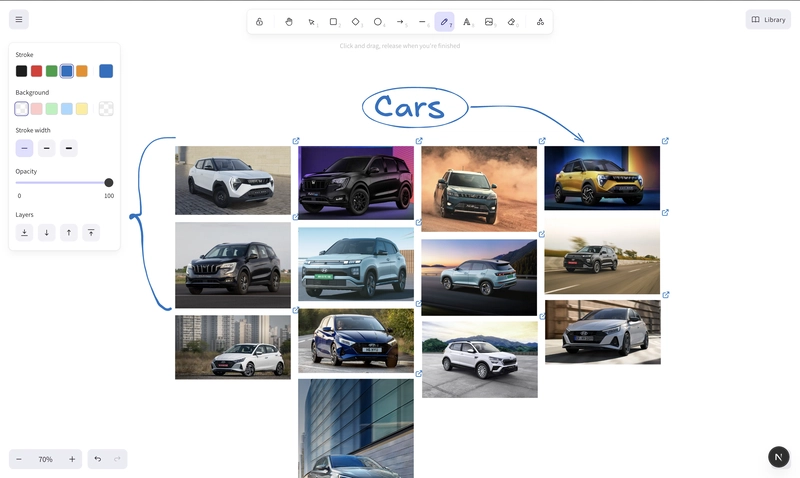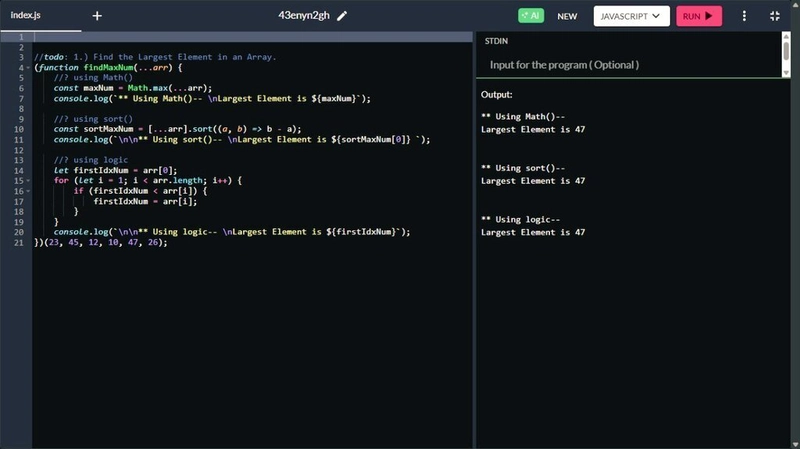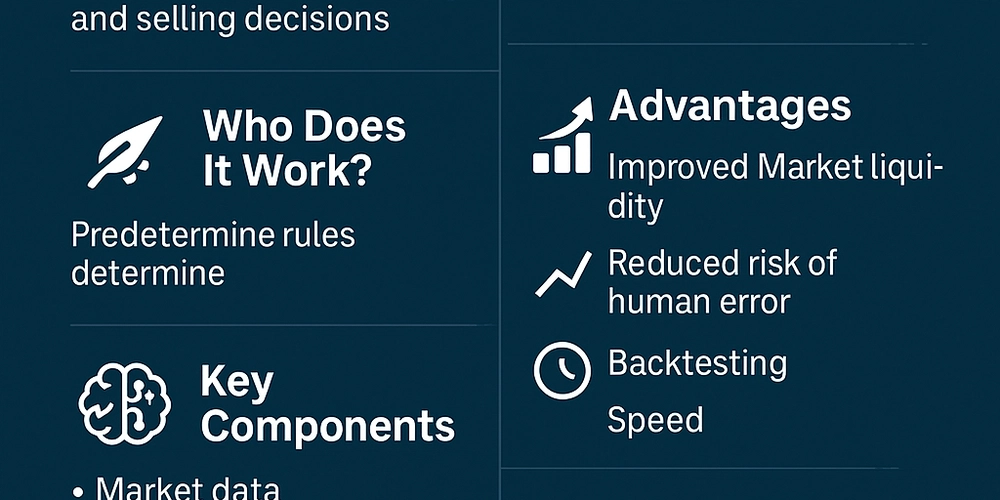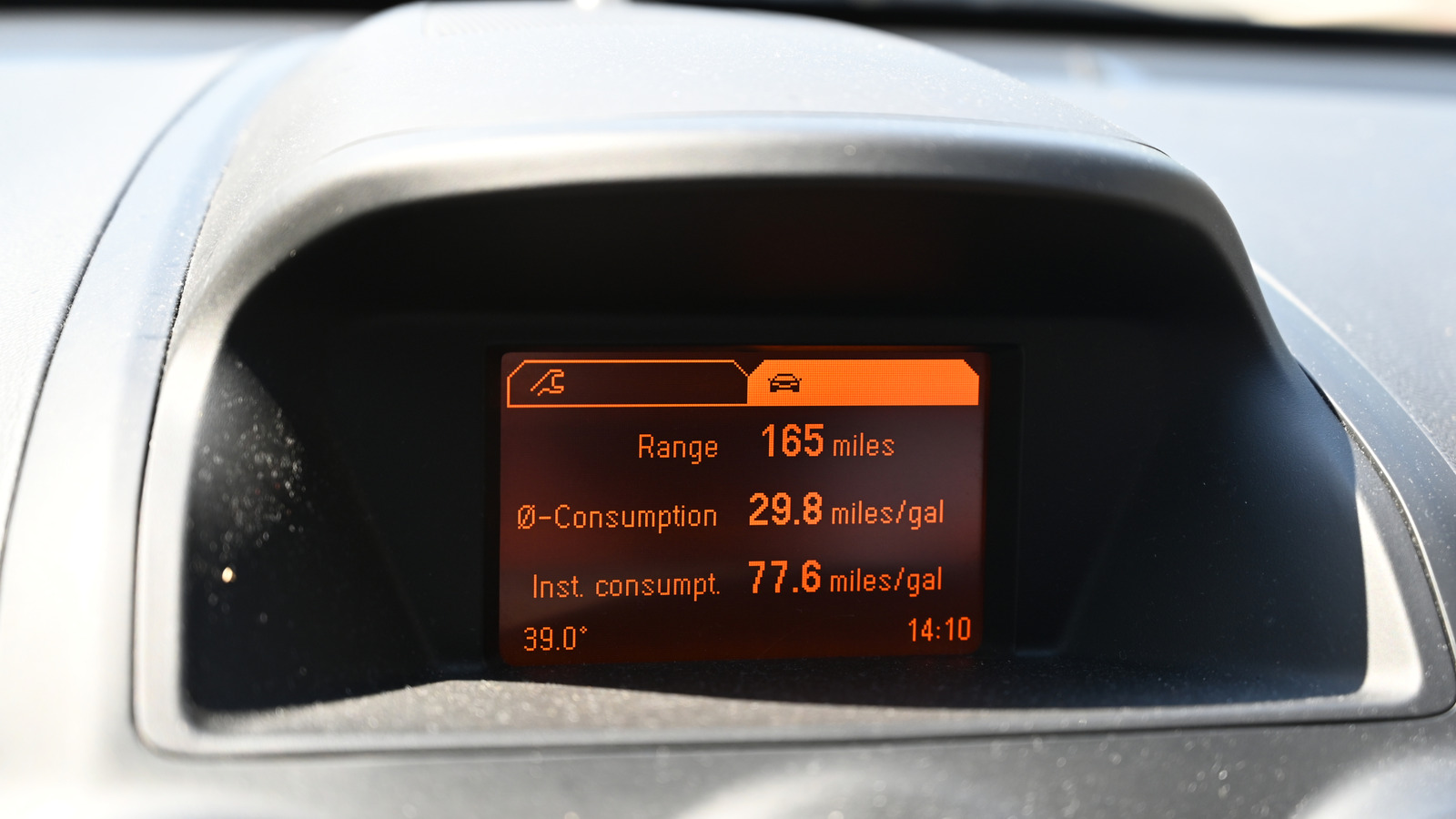Consider These AI Strategies to Reduce Retail Employee Burnout
Employee burnout in retail contact centers isn't just a personnel issue—it's a notable business challenge threatening to eat away at productivity, morale, and profits. Retailers are increasingly turning to AI, specifically conversational AI, to help reverse this damaging trend. Organizations implementing AI signifies a profound shift in how retailers can cultivate sustainable, empowered workforces capable […] The post Consider These AI Strategies to Reduce Retail Employee Burnout appeared first on Unite.AI.


Employee burnout in retail contact centers isn't just a personnel issue—it's a notable business challenge threatening to eat away at productivity, morale, and profits. Retailers are increasingly turning to AI, specifically conversational AI, to help reverse this damaging trend. Organizations implementing AI signifies a profound shift in how retailers can cultivate sustainable, empowered workforces capable of meeting ever-increasing customer demands. Intelligent virtual agents (IVAs) are one AI tool offering a lifeline by automating routine interactions, reducing cognitive overload, and enabling human agents to focus on high-value strategic initiatives.
The Hidden Costs of Retail Burnout
Burnout in retail contact centers stems primarily from repetition, understaffing, escalating customer demands, and intense pressure to deliver exceptional service quickly and consistently. Recent studies indicate that approximately 55% of contact center employees regularly experience burnout.
Staff in these centers continually handle high volumes of repetitive tasks, such as tracking orders, processing returns and resolving complex payment disputes. These often monotonous tasks gradually erode employee satisfaction, fueling stress and leading directly to turnover. High attrition rates create additional challenges as retail leaders continually invest substantial resources into recruitment (which typically costs $1,000-$4,000 per agent), training ($4,000–$7,000) and productivity loss during ramp-up ($5,000–$10,000). Replacing a single contact center agent costs average between $10,000 and $21,000. The cumulative impact is operational inefficiency, diminished employee morale, and compromised customer experiences.
5 Ways IVAs Help Retail Contact Centers Tackle Burnout
Conversational AI, especially IVAs, represents a practical, forward-thinking strategy to address burnout. These AI-driven solutions can efficiently automate repetitive customer interactions, dramatically reducing employee workload and stress.
- Automatic handling of routine inquiries frees agents from the mental drain of repetitive tasks. Contact center employees report significantly less cognitive fatigue when AI systems manage basic questions like “Where's my order?” Not only that, IVAs handle 80% of routine inquiries without escalation.
- Call volume management prevents agent overwhelm and stress. Retail contact centers using IVAs see average hold times decline from 10 minutes to under 2 minutes.
- Workload redistribution and prioritization ensure agents can focus on one complex case at a time. This targeted approach prevents mental exhaustion from constantly switching between multiple basic customer issues.
- Round-the-clock customer service coverage reduces the need for understaffed shifts and overtime. IVAs help alleviate the burnout-inducing pressure that some agents experience during peak-hour rushes.
- Real-time support and guidance help agents confidently navigate challenging customer interactions. IVAs help agents resolve issues more efficiently and maintain a positive customer experience by giving customers quick access to relevant information and suggested responses.
Real-World Examples Across Retail Sectors
Grocery and Supermarket Chains: Instead of answering calls about order status or pickup times, agents can focus on problem-solving and escalations. IVAs streamline logistics, preventing bottlenecks and reducing customer frustration, making contact center operations more efficient.
Electronics and Consumer Tech: AI tools in electronics retail facilitate complex product inquiries, comparisons, and technical support questions. IVAs guide customers to appropriate product solutions based on technical specifications and individual needs, enhancing customer satisfaction through rapid and accurate responses.
Fashion and Apparel: IVAs support fashion retailers by handling customer inquiries around sizing, fabric care, returns, and exchanges. AI technologies can analyze customer profiles and recommend clothing based on purchase history and real-time inventory, allowing human employees to offer personalized fashion consultations and enhancing overall customer satisfaction.
Home Improvement and DIY Retailers: IVAs in the home improvement sector assist customers in locating products, accessing or understanding assembly instructions, and resolving other project-based queries. Automating these everyday interactions empowers store associates to focus their expertise on personalized, high-touch consultations, significantly improving both employee satisfaction and customer service quality.
Balancing AI and Human Expertise
Successfully integrating AI into retail operations requires a careful balance between automation and human interaction. The first step is defining clear roles for AI and employees. For example, AI-driven tools should handle routine tasks like processing returns or answering FAQs, while human agents focus on relationship-building and problem-solving. Effective communication is crucial; leaders must articulate how AI supports, rather than replaces, human workers. Transparency around AI’s role in enhancing efficiency and customer experience helps ease concerns and fosters buy-in.
Retailers should actively involve employees throughout the deployment, gathering feedback and addressing concerns early to ensure a smooth transition. By leading transparent and open discussions about how AI will impact day-to-day operations, leadership can help their agents understand that its role is to streamline repetitive tasks, not to replace human expertise. Offering hands-on training tailored to different roles helps employees gain practical experience with IVAs, making them more comfortable and confident in leveraging these tools.
Training should include real-world scenarios where AI can assist—such as handling high volumes of customer inquiries or providing data-driven insights—so employees see firsthand how AI complements their work rather than competes with it. Creating a feedback loop where employees can share observations, challenges, and suggestions fosters a sense of ownership and encourages continuous improvement. When employees feel included in the AI adoption process, they are more likely to embrace it as a valuable asset rather than resist it as a disruptive force.
The AI-Driven Retail Renaissance
Integrating AI technologies represents more than just a tactical solution to burnout; it signifies a broader cultural shift toward employee-centric operational excellence. Prioritizing employee well-being through AI-driven automation benefits everyone—employees enjoy higher job satisfaction, customers receive better service, and businesses achieve greater operational efficiencies and profitability.
As the retail industry continues to navigate competitive pressures, adopting intelligent AI strategies becomes increasingly central to its success. Leveraging conversational AI and IVAs enables retailers to effectively mitigate burnout, enhance employee experiences, and deliver consistently outstanding customer service.
The post Consider These AI Strategies to Reduce Retail Employee Burnout appeared first on Unite.AI.












































































































































































![[The AI Show Episode 143]: ChatGPT Revenue Surge, New AGI Timelines, Amazon’s AI Agent, Claude for Education, Model Context Protocol & LLMs Pass the Turing Test](https://www.marketingaiinstitute.com/hubfs/ep%20143%20cover.png)


























































































































![[DEALS] Microsoft Visual Studio Professional 2022 + The Premium Learn to Code Certification Bundle (97% off) & Other Deals Up To 98% Off](https://www.javacodegeeks.com/wp-content/uploads/2012/12/jcg-logo.jpg)



![From Accountant to Data Engineer with Alyson La [Podcast #168]](https://cdn.hashnode.com/res/hashnode/image/upload/v1744420903260/fae4b593-d653-41eb-b70b-031591aa2f35.png?#)





































































































.png?#)




















































































































































![Apple TV+ Summer Preview 2025 [Video]](https://www.iclarified.com/images/news/96999/96999/96999-640.jpg)
![Apple Watch SE 2 On Sale for Just $169.97 [Deal]](https://www.iclarified.com/images/news/96996/96996/96996-640.jpg)

![Apple Posts Full First Episode of 'Your Friends & Neighbors' on YouTube [Video]](https://www.iclarified.com/images/news/96990/96990/96990-640.jpg)
































































































































